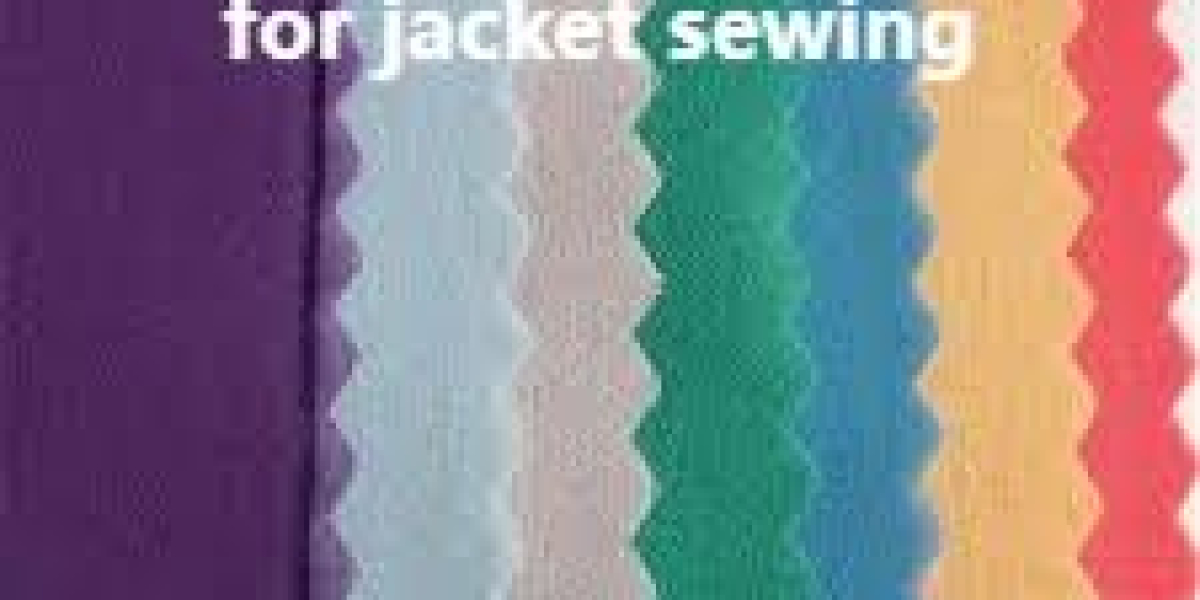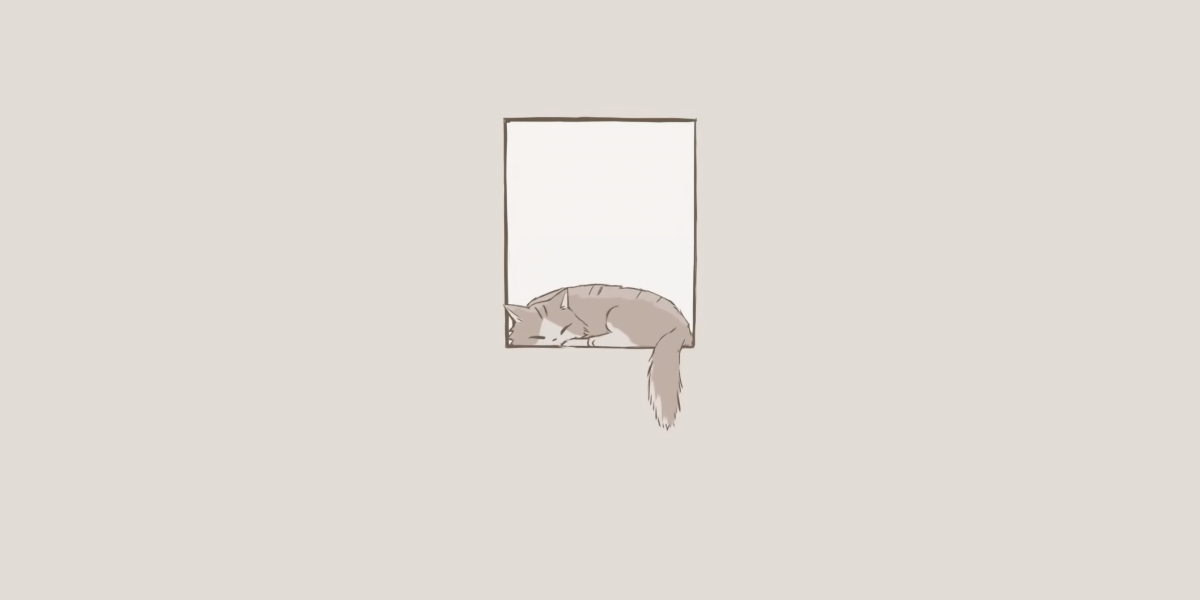In thoughtful garment construction, Interlining often does the unseen work of shaping, supporting, and prolonging a piece’s life, and selecting the right Interlining at the design stage streamlines production while improving fit and wearer comfort. Early decisions about support materials influence everything from collar roll to hem stability, and designers who weigh options carefully avoid costly retrofit and deliver consistent results.
Understanding support functions
Interior supports stabilize silhouettes and protect stress points, helping garments retain their intended lines through wear and laundering. They can provide crispness for tailored pieces, soft reinforcement for casual wear, or stretch and recovery for active garments. Choosing the correct support begins with a clear definition of the garment’s function and the desired hand — the tactile feeling against the wearer’s body — so the internal layer enhances rather than detracts from comfort.
Material families and performance trade-offs
Support layers arrive in woven, non-woven, knitted, and composite formats. Woven supports mirror the hand of traditional textiles and are prized for drape control in tailored clothing. Non-woven options offer uniform thickness and efficient handling for high-volume manufacture. Knitted supports deliver elasticity for garments requiring movement and recovery. Composite supports blend properties for hybrid applications where both shape and flexibility are essential. Every choice carries trade-offs in stiffness, breathability, maintenance, and cost.
Attachment methods and production efficiency
How a support is bonded or sewn into a garment greatly affects manufacturing speed and finished appearance. Heat-activated adhesives enable rapid, automated bonding and are ideal for large-scale runs, but they demand precise temperature control to avoid visible surface changes. Sew-in techniques offer repairability and suit delicate outer fabrics, though they increase labor time. Hybrid methods that combine limited fusing with targeted stitching can provide balance: faster assembly while preserving areas that must remain supple.
Design strategies for mobility and comfort
To maintain comfort, designers increasingly use graded reinforcement: firmer layers where definition is critical and softer supports where motion occurs. This targeted strategy preserves tailored aesthetics without restricting movement. For outerwear, breathable cores reduce condensation and improve thermal comfort. For fitted garments, supports that allow stretch at key seams prevent binding while keeping structure where needed. Proper zoning of support materials is a subtle but powerful tool in design.
Durability, testing, and maintenance guidance
Longevity depends on both material durability and the quality of the bond. Routine tests—wash cycles, abrasion resistance, dimensional stability—reveal likely failure modes. Garments should come with clear care instructions that reflect the support’s tolerance to heat and solvents. Long-lasting construction minimizes returns and replacement, contributing to customer satisfaction and lower lifecycle cost.
Sustainability and end-of-life thinking
Eco-conscious choices matter across the supply chain. Recycled fibers, water-based adhesives, and supports designed for disassembly reduce environmental impacts. Selecting materials compatible with textile recycling systems helps close the loop. Durable construction that extends garment life often yields lower total environmental cost than frequent replacement, so investing in longevity supports both sustainability goals and brand reputation.
Prototyping and iterative development
Prototyping full garments rather than relying solely on swatches reveals interactions between outer fabric and internal layers. Wear trials and laundering simulations uncover issues that laboratory tests might miss. Recording successful parameter sets—bonding temperature, pressure, and dwell time—ensures consistent reproduction across production batches. Cross-functional collaboration between design, patternmaking, and production shortens development cycles and improves final outcomes.
Automation, customization, and the future
Advances in digital cutting, automated placement, and adaptive materials open new possibilities. Precision placement reduces waste, while supports with variable stiffness enable garments to be customized for individual preferences. Smart materials that respond to humidity or temperature could adjust comfort dynamically. These innovations promise greater efficiency and new value propositions for brands and consumers alike.
Practical checklist for specification
When specifying an internal support, confirm fabric compatibility, desired drape, maintenance constraints, and production method. Specify test protocols for durability and wash performance. Include care labels that communicate pressing and washing limits to consumers. Consider end-of-life scenarios and choose materials that align with broader sustainability commitments.
Thoughtful internal choices turn good designs into great garments. By matching material, method, and maintenance expectations to intended use, makers create apparel that fits better, lasts longer, and delivers consistent consumer satisfaction. For technical details and additional resources, visit https://www.interlining-factory.com/news/what-is-interlining-types-applications-and-more.html








